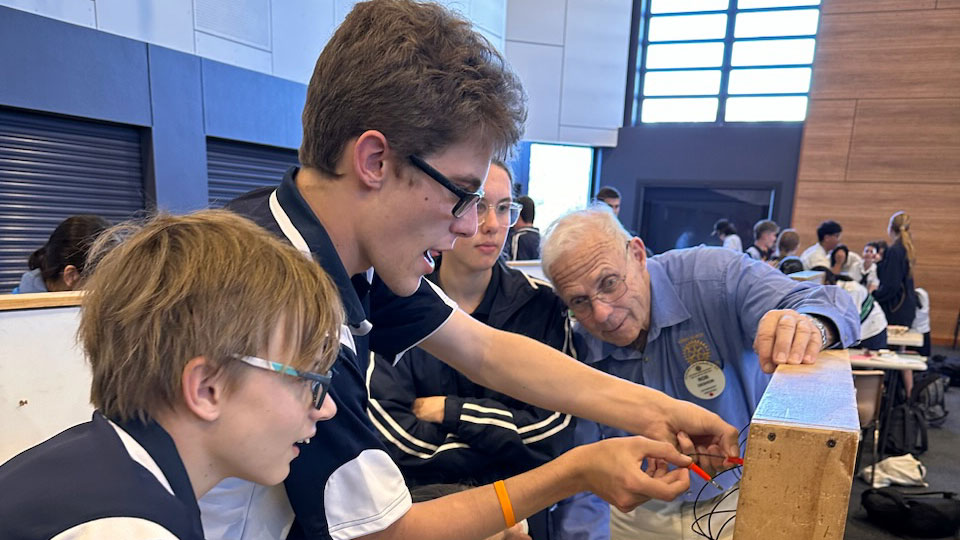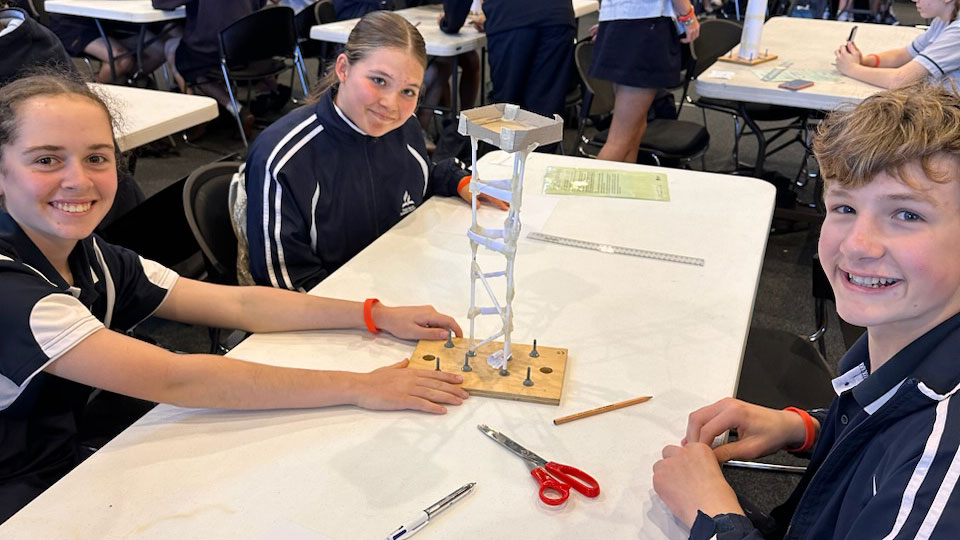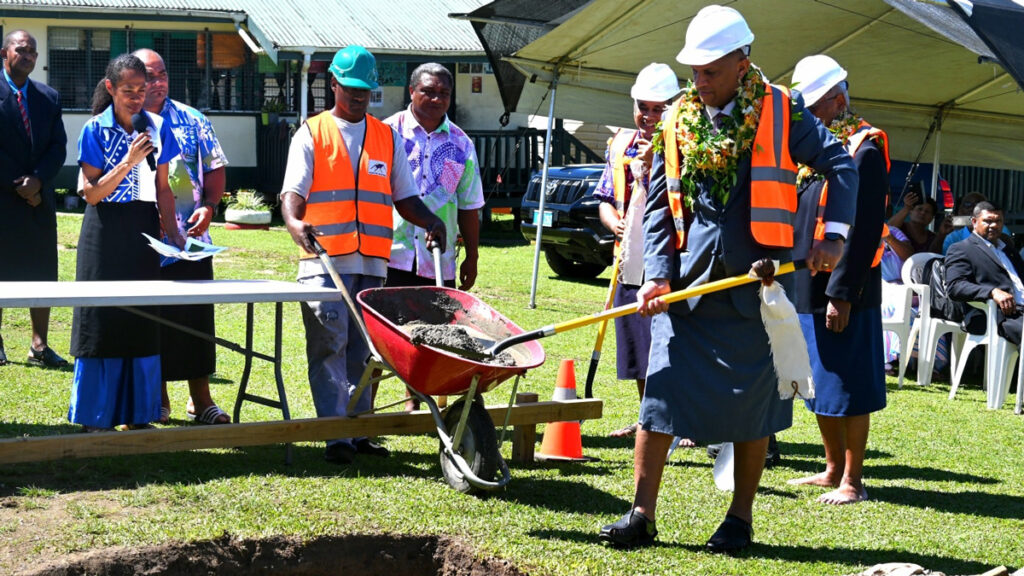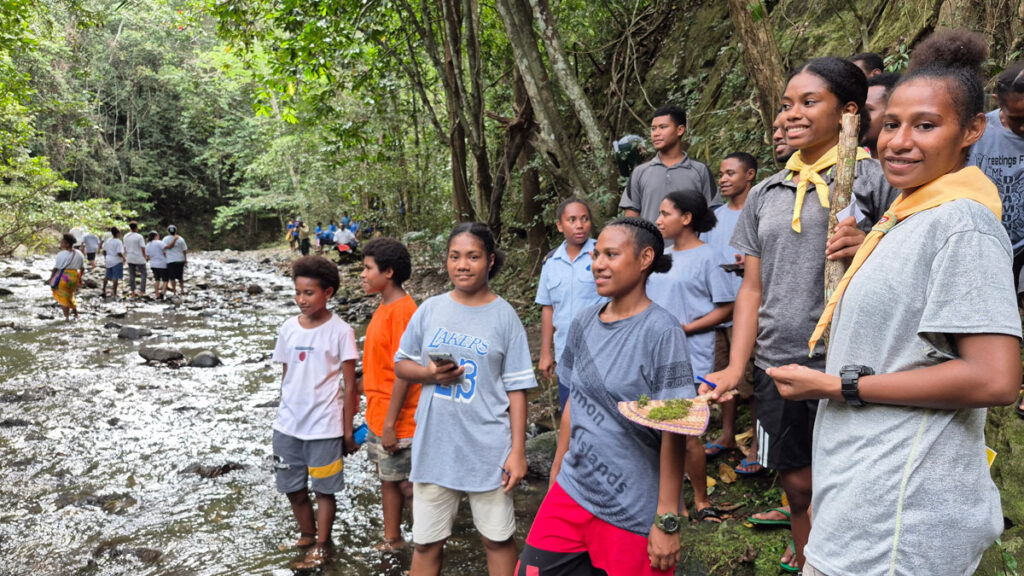Twenty-nine students from Tweed Valley Adventist College (Murwillumbah, NSW) achieved success at the Gold Coast Science and Engineering Challenge last week.
The two-day competition, hosted by Griffith University and Rotary, provides students with the opportunity to experience a side of science and engineering they may not have encountered. Sixteen schools attended the event, with Tweed Valley finishing third overall.
The school had previously competed at Southern Cross University (SCU), Lismore, however, due to COVID, SCU stopped hosting.
“We don’t have a dedicated STEM subject or club which many of the other schools have in place,” science teacher Simon Pleskovic said. “In the past being so small we have had to take our Year 7 and 8 students as well. This is the first year we only took year 9 and 10s, so it is awesome that we did so well.”
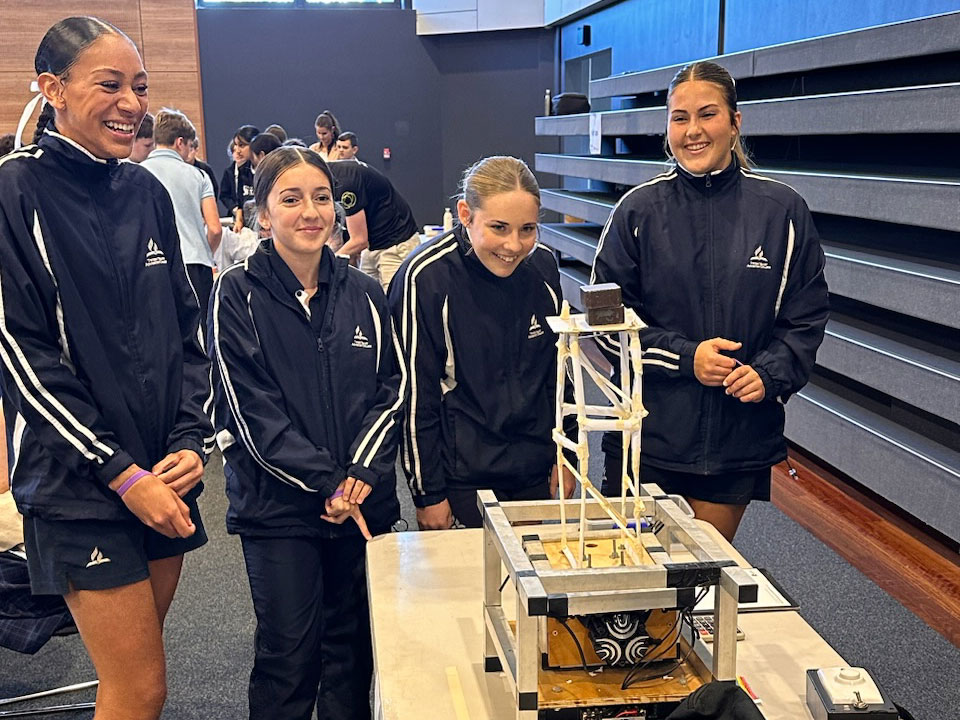
Held at All Saints Grammar, Queensland, students were involved in a range of activities related to science, technology, engineering and mathematics (STEM). Tasks included providing the lowest-cost electricity to a city’s infrastructure, building a model glider to be launched using the YOLO Electronic Ejection Technique, designing and constructing model bridges to support a trolley carrying “gold” blocks across a gap in the tracks, and constructing a wind turbine.
Students also solved a series of scheduling problems based on real life scenarios by arranging coloured tiles into lanes on a board and creating a Helter Skelter Shelter which involved designing and refining two towers to withstand sideways motion as much as possible in a simulated earthquake.
Each school team was divided into eight groups of between two and four students and completed either one full-day activity or two half-day activities. Students were awarded points for each activity and the school with the most cumulative points at the end of the day was declared the winner. The highest scoring schools from each region will subsequently compete against each other for a place in the state finals.
